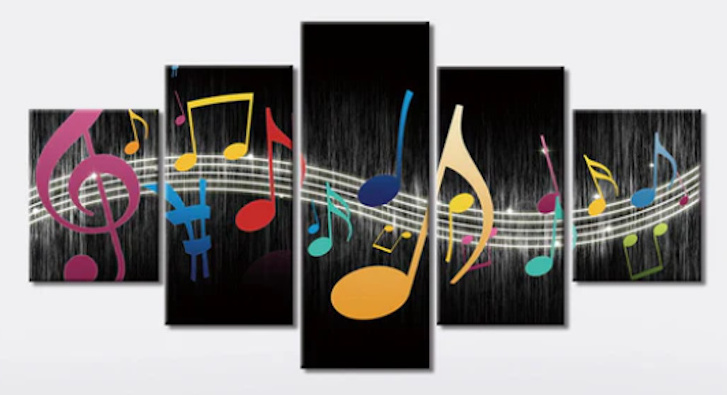
 |
|
|
|
The Evolution of Pop Music: A Journey Through Time: :Fusion Music: The Birth of Fusion: Fusion music, often simply called "fusion," is a genre-blending musical approach that combines elements from different styles-typically jazz, rock, funk, world music, and more. Its history and evolution span decades, shaped by technological innovation, cultural shifts, and visionary artists. Here's a high-level overview of its development: Origins (Late 1960s - Early 1970s): The Birth of Jazz Fusion Key Catalyst: The late 1960s saw jazz musicians seeking new creative directions. Influenced by the rise of rock and the popularity of electric instruments, many began experimenting outside the acoustic jazz tradition. Miles Davis played a pivotal role with albums like: In a Silent Way (1969) Bitches Brew (1970) - widely regarded as a landmark fusion record. It merged jazz improvisation with electric instrumentation and rock/funk rhythms. 1970s: Golden Age of Jazz Fusion Mahavishnu Orchestra (John McLaughlin): Combined Indian classical, rock, and jazz with ferocious energy and complex time signatures. Weather Report (Joe Zawinul, Wayne Shorter): Known for atmospheric textures and groove-based compositions (Heavy Weather, 1977). Return to Forever (Chick Corea): Fused Latin music with jazz and progressive rock. Herbie Hancock's Headhunters: Brought funk and jazz together, especially on the groundbreaking Head Hunters (1973). Fusion in this period often meant virtuosity, lengthy improvisation, and electric experimentation. 1980s: Fusion Diversifies and Crosses Genres Fusion started branching into various subgenres: Smooth jazz (e.g., Pat Metheny, Spyro Gyra, Kenny G) brought more commercial appeal but was sometimes criticized for being too polished. Jazz-rock and jazz-metal evolved through artists like Allan Holdsworth and later prog-metal bands. World fusion emerged, blending jazz with Afro-Cuban, Indian, Middle Eastern, and other global music styles (e.g., Shakti, Oregon). 1990s-2000s: Fusion Goes Global and Digital Artists began embracing digital technology, samplers, synths, and MIDI, adding electronic textures to fusion. Genres like nu-jazz and acid jazz appeared, influenced by hip-hop, electronica, and DJ culture. Notable acts: Jamiroquai, The Cinematic Orchestra, Nils Petter Molvaer. Fusion became more genre-agnostic, with artists mixing jazz with ambient, hip-hop, trip-hop, drum & bass, and more. 2010s-Present: Fusion in the Internet Era Today's fusion is eclectic and accessible thanks to streaming, DAWs, and global collaboration. Artists like Snarky Puppy, Hiatus Kaiyote, Thundercat, and Esperanza Spalding exemplify contemporary fusion-merging jazz, funk, R&B, soul, progressive rock, and electronic music. YouTube and platforms like Bandcamp have fostered niche fusion scenes, where musicians blend math rock, lo-fi, jazz harmony, and anime/gaming influences. Key Themes in Fusion Musi's Evolution Technological innovation: From electric keyboards and drum machines to DAWs and virtual instruments. Genre fluidity: Fusion has always blurred lines between styles. Globalization: As communication expanded, so did musical vocabulary. Virtuosity meets groove: Whether it's Jaco Pastorius or modern drummers like Larnell Lewis, fusion often highlights technical brilliance. |
|
|